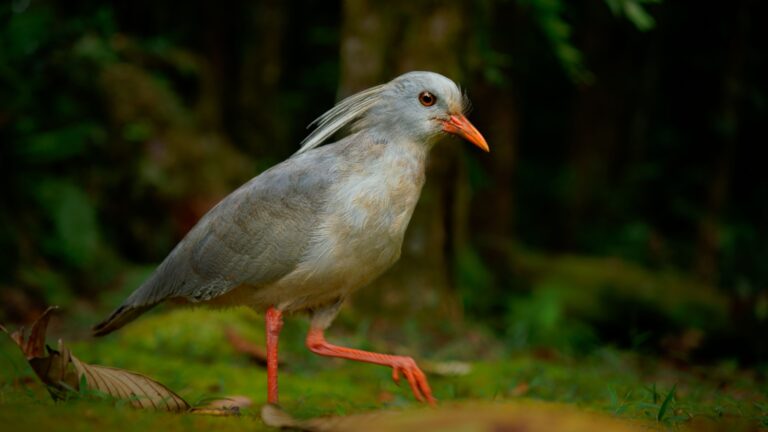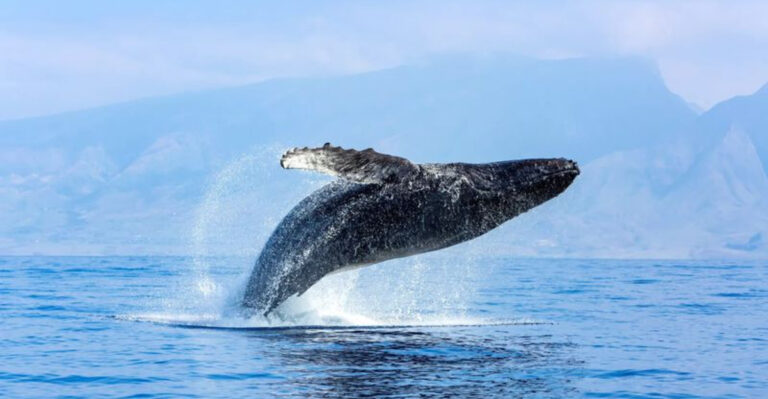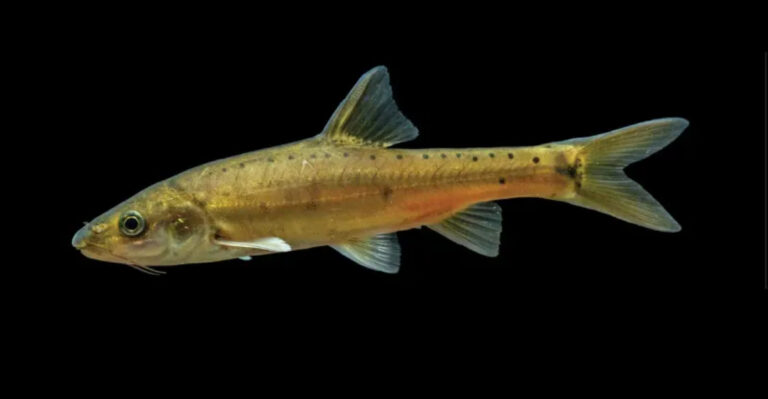15 Facts That Prove The Jaguarundi Isn’t Meant To Be Your Pet
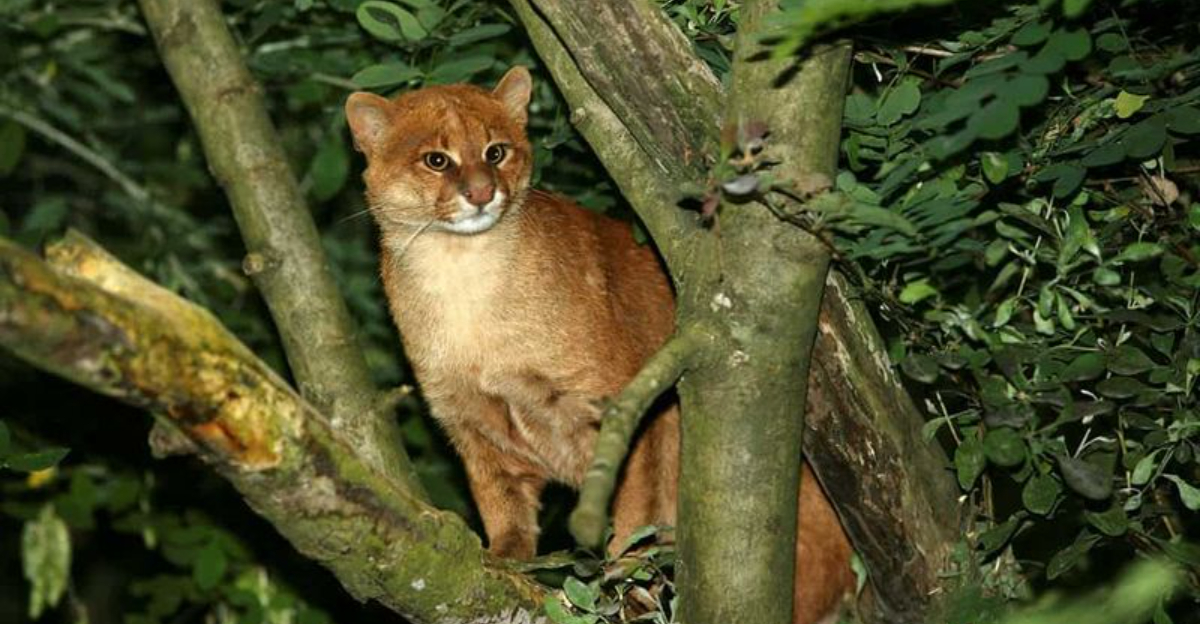
Ever fantasized about having an exotic feline prowling around your living room? The jaguarundi might seem like a fascinating choice with its sleek body and unusual appearance.
But before you start dreaming about cuddles with this wild cat, there are some crucial facts you should know. These small but mighty creatures belong in their natural habitat for some very good reasons.
1. Built For The Wild, Not Your Sofa
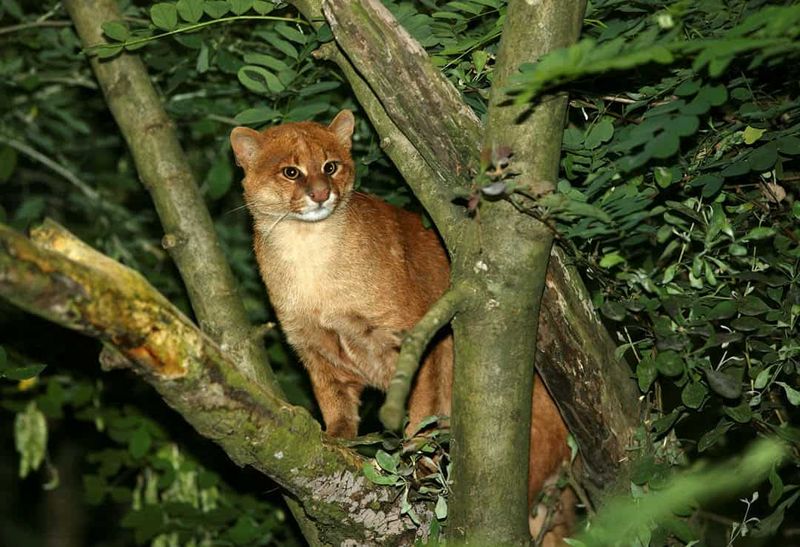
Wild instincts don’t disappear with a comfy bed and regular meals. Jaguarundis naturally roam territories spanning up to 100 square kilometers in the wild.
Your apartment or even large house simply can’t provide enough space for these active hunters to express their natural behaviors. They need room to climb, explore, and patrol.
2. Legal Headaches Await

Owning a jaguarundi isn’t just impractical – it’s illegal in most places! These cats are protected by international laws and regulations in many countries.
Even with proper permits (which are nearly impossible to get), you’d face constant legal scrutiny. Breaking exotic animal laws can result in hefty fines and even jail time.
3. Goodbye, Furniture (And Everything Else)
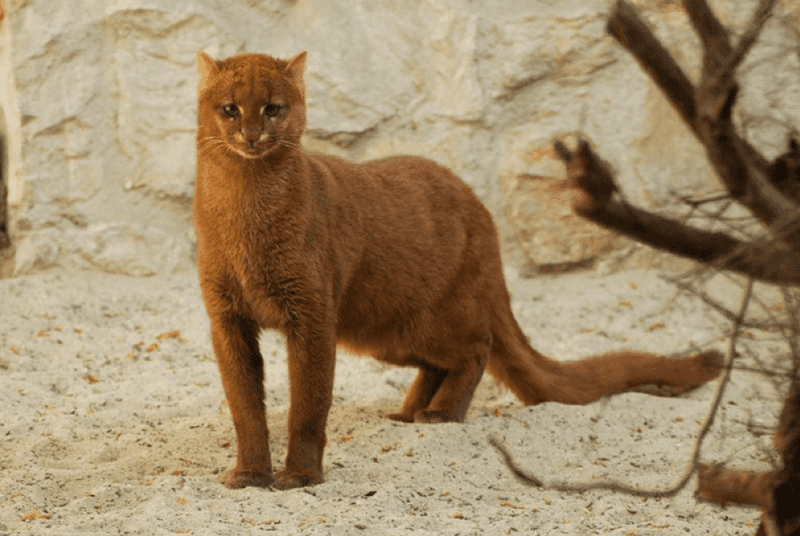
Sharp claws and powerful jaws aren’t compatible with your living room setup. Jaguarundis instinctively mark territory by scratching surfaces and spraying – yes, spraying – pungent urine.
Your couch, curtains, and carpet would be systematically destroyed. No amount of training eliminates these deeply ingrained territorial behaviors in wild cats.
4. They’re Impossible To Truly Tame

Forget cuddling with this wild cat. Unlike domestic cats with thousands of years of human companionship, jaguarundis retain their wild nature even when raised from kittenhood.
Their unpredictable temperament means they can suddenly switch from tolerating handling to aggressive behavior. This unpredictability makes them dangerous housemates, especially around children or other pets.
5. Specialized Diet Nightmares
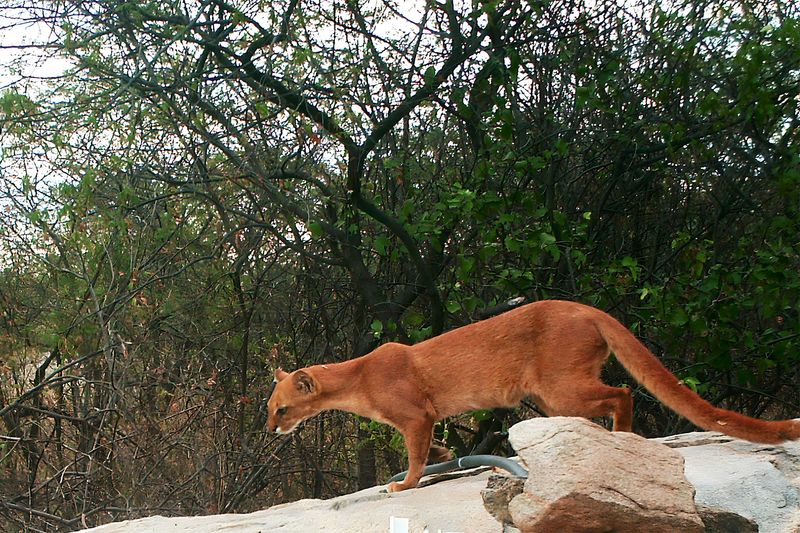
Hope you enjoy shopping for exotic meats! Jaguarundis need a precise diet of whole prey animals including rodents, birds, and reptiles to stay healthy.
Commercial cat food won’t cut it. Their specialized nutritional requirements mean you’d need to source fresh prey items regularly, which is expensive, time-consuming, and often difficult to obtain legally.
6. Veterinary Care? Good Luck!
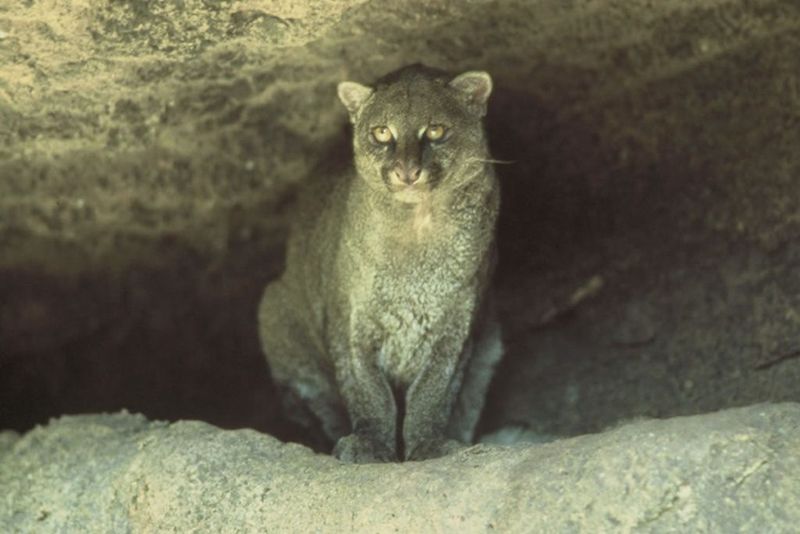
Finding a vet for your tabby is easy. Finding one for a jaguarundi? Nearly impossible. Most veterinarians lack training in exotic wild cat medicine.
When your jaguarundi gets sick, you’ll face a frantic search for specialized care. Emergency situations become life-threatening quickly when appropriate medical expertise is hours or states away.
7. Nighttime Noise Factory
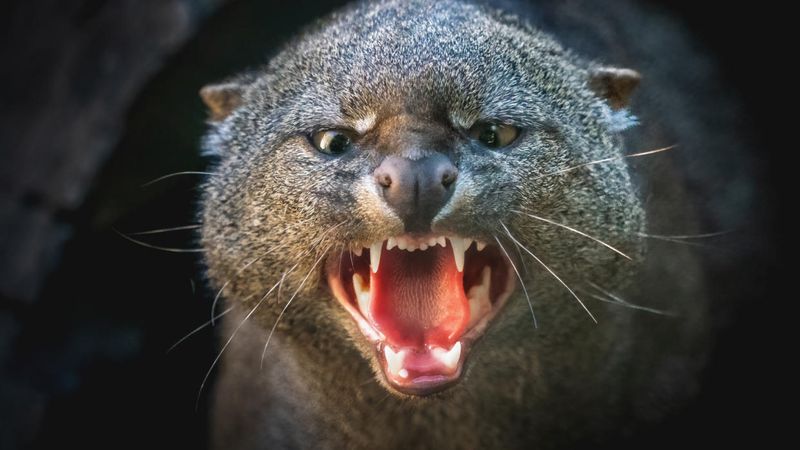
Sweet dreams? Not with a jaguarundi! These cats are naturally crepuscular, meaning they’re most active at dawn and dusk.
Their vocalizations range from bird-like whistles to loud screams that can pierce through walls. Neighbors will complain, sleep will become a distant memory, and your peaceful home life will vanish.
8. Stress Makes Them Sick
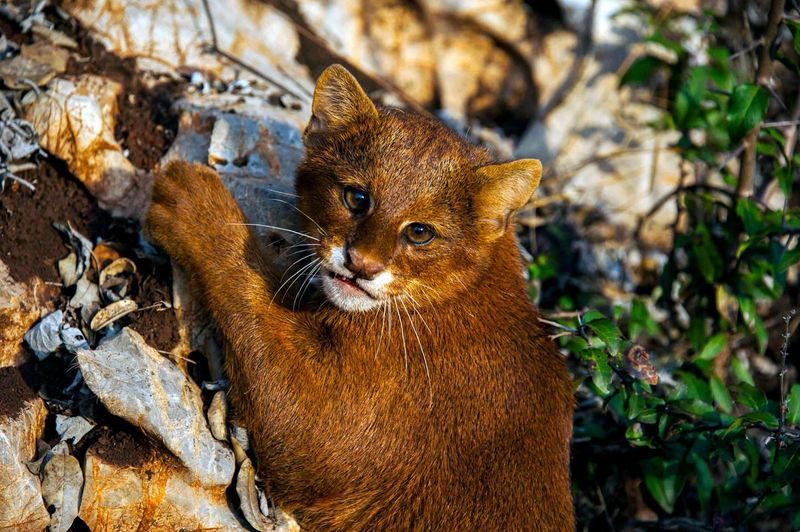
Captivity creates chronic stress for wild animals. Jaguarundis in unnatural environments frequently develop serious health problems like obesity, dental disease, and stress-related illnesses.
They often engage in neurotic behaviors like pacing, excessive grooming, and self-mutilation. These physical and psychological issues significantly reduce their quality of life and lifespan.
9. Escape Artists Extraordinaire
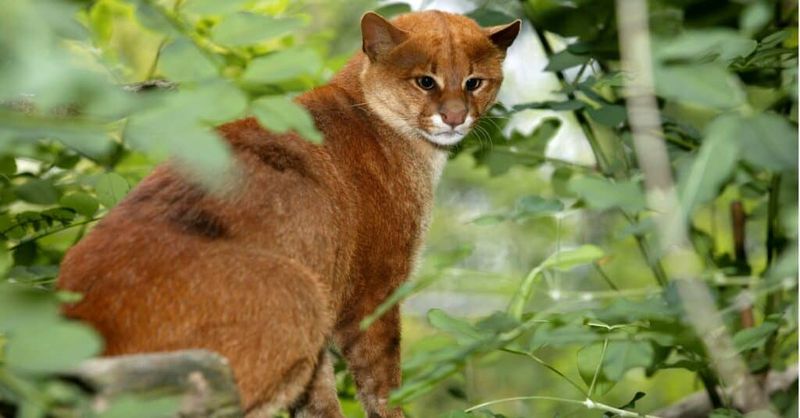
Houdini has nothing on these cats! Jaguarundis are incredibly agile, can jump over 6 feet high, and will exploit any weakness in their enclosure.
Once escaped, they pose serious risks to local wildlife, pets, and potentially people. Their excellent hiding abilities make recapture extremely difficult, often leading to tragic outcomes for the escaped animal.
10. Conservation Concerns

Wild populations face serious threats from habitat loss and fragmentation. Every jaguarundi removed from the wild for the pet trade damages conservation efforts.
These cats play important ecological roles as predators in their native habitats. Supporting the exotic pet trade directly contributes to population declines and disrupts delicate ecosystem balances.
11. Decades-Long Commitment
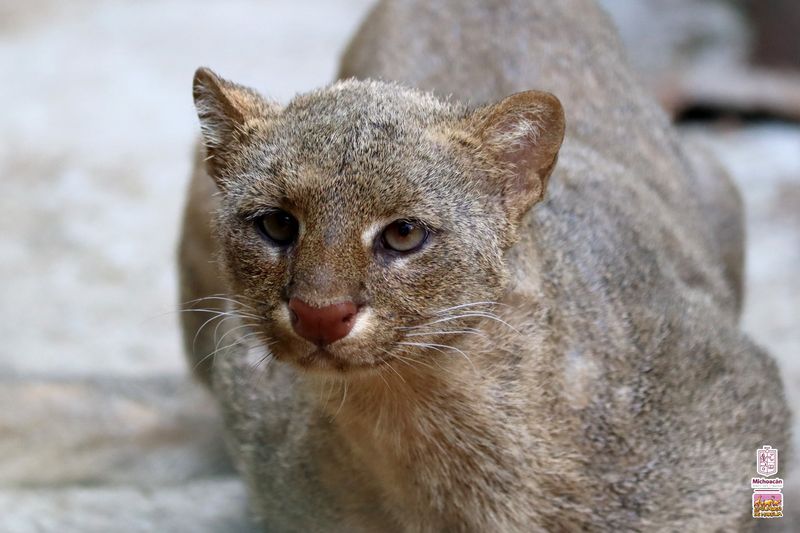
Surprise! Jaguarundis can live up to 15 years in the wild and over 20 years in captivity. That’s two decades of specialized care, expensive food, and housing requirements.
Many exotic pets end up abandoned when owners realize the long-term commitment involved. Sanctuaries for unwanted exotic cats are overwhelmed and underfunded, leaving few options for rehoming.
12. Impossible Housing Requirements
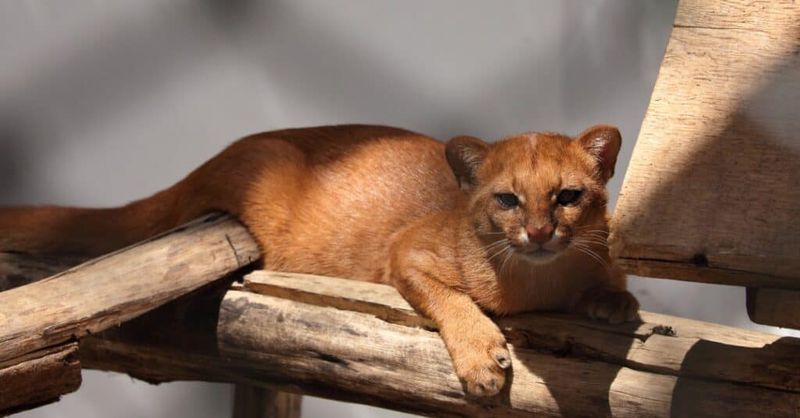
Proper jaguarundi enclosures aren’t just expensive – they’re practically impossible in residential settings. These cats need secure outdoor spaces with climbing structures, hiding spots, and weather protection.
Minimum professional standards require at least 200 square feet per animal with 12-foot-high fencing. Building such facilities costs tens of thousands of dollars and requires special permits in most areas.
13. Terrible With Other Pets
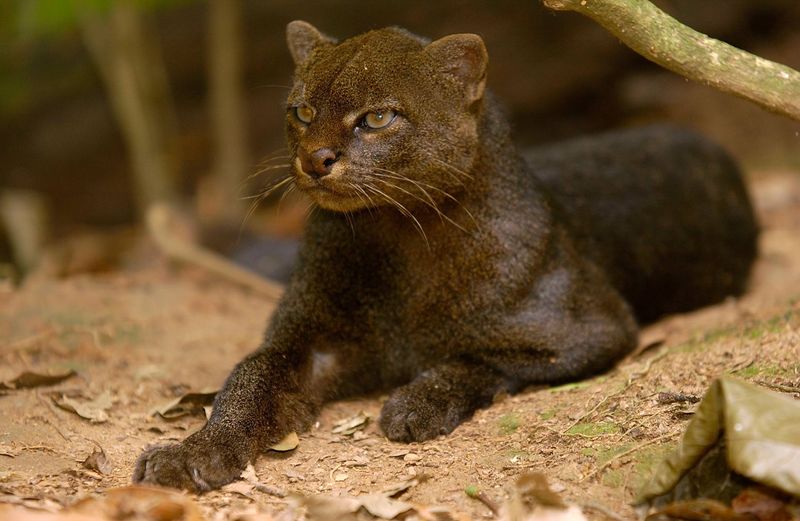
Got other animals? They’ll quickly become prey in a jaguarundi’s eyes. These skilled hunters view smaller pets as food, not friends.
Even larger dogs aren’t safe, as wild cats are territorial and will defend their space aggressively. The predatory instinct runs deep – no amount of socialization eliminates the risk to your existing pets.
14. Disease Transmission Risks
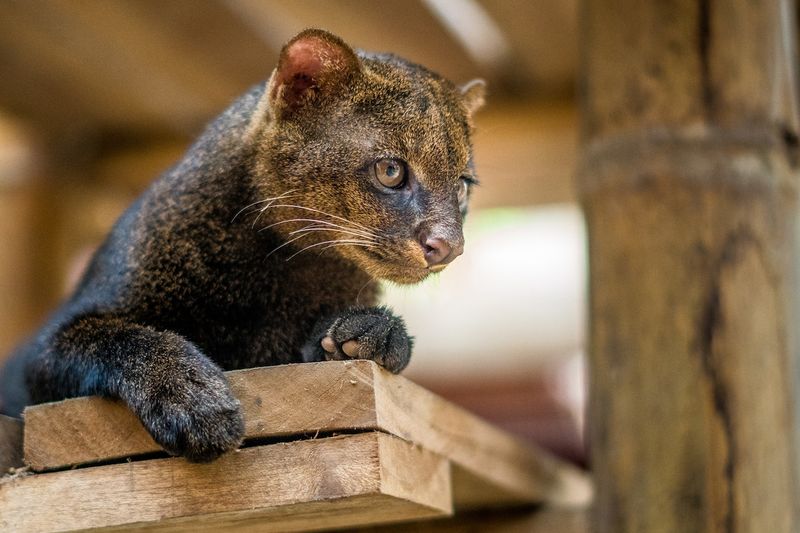
Wild cats carry parasites and diseases that can jump to humans. Jaguarundis may harbor everything from rabies to toxoplasmosis and various intestinal parasites.
Some of these conditions can cause serious illness in people, especially children or immunocompromised individuals. The health risks create a dangerous situation for everyone in your household.
15. They Deserve Their Natural Lives
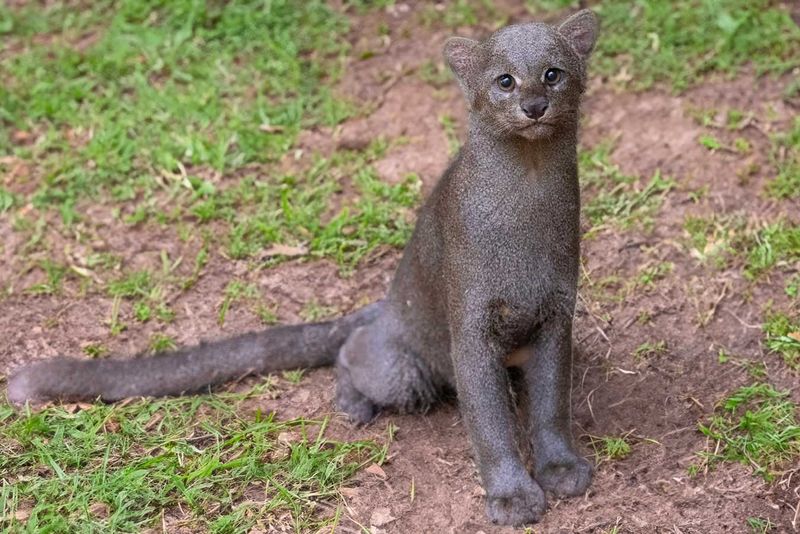
Most compelling of all: jaguarundis deserve to live as nature intended. In the wild, they hunt, establish territories, find mates, and raise young.
Captivity denies them these fundamental experiences. The kindest thing we can do for these beautiful animals is appreciate them from afar through conservation efforts, documentaries, and supporting protected habitats.



